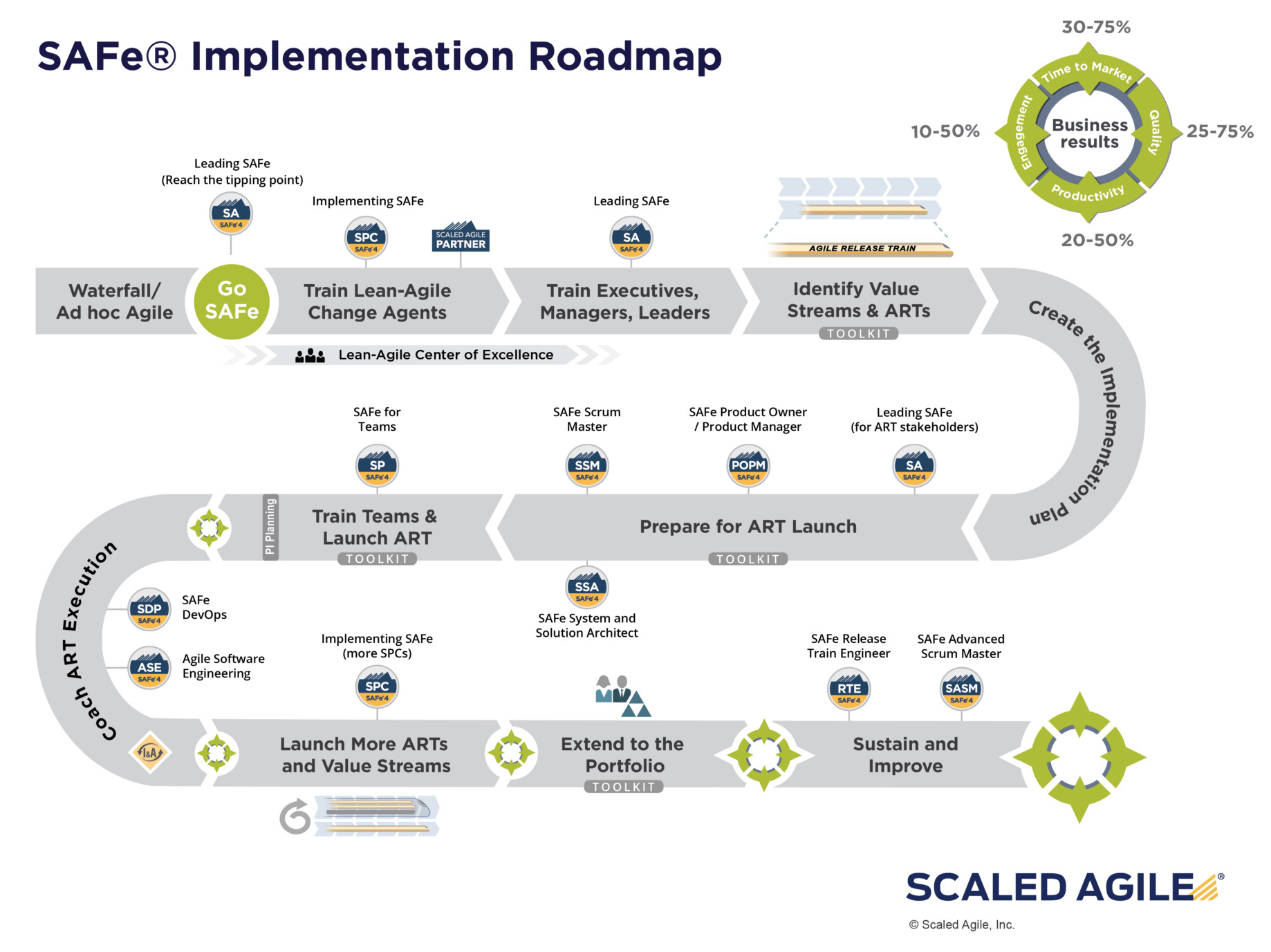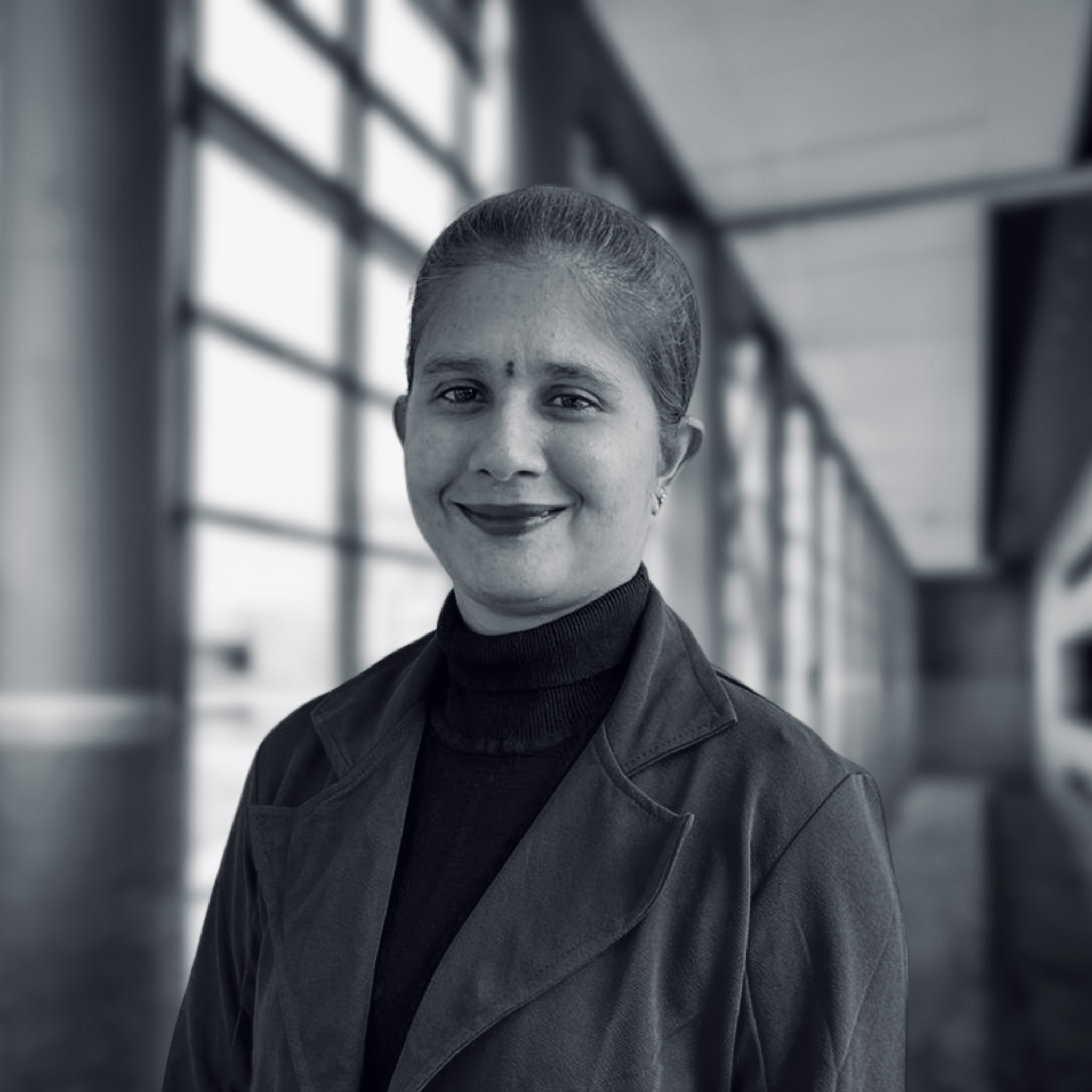What is SAFe? The Scaled Agile Framework – part 1

What Is SAFe?
SAFe is a framework: a collection of various methods, principles and approaches for the problems that stagnant organizations experience in their process to become more agile. The description Scaled Agile uses is ‘a knowledge base of proven, integrated principles, practices, and competencies for achieving business agility using Lean, Agile, and DevOps.’
SAFe is not that old yet – launched in 2011 – but has already known several versions in its short life: we’re at version 5.0 right now. The consultants involved at Scaled Agile and their partners continue to discover new elements that are then added to the framework.
Everything SAFe…?
People who have just started to get to know SAFe are often intimidated by it, because it’s quite a large collection of ideas and techniques. But, since it is a framework and not an instruction manual, it does not have to be adopted, learned by heart and applied completely or all consecutively. In practice there are a few core concepts and core processes that are applicable to almost every organization.
Tip: before closely studying SAFe, it’s useful to find an answer to the question ‘What is Agile?’. Without prior knowledge of Agile, it’s hard to understand the substance of SAFe.
The Purpose of the Scaled Agile Framework
SAFe was created by Dean Leffingwell because he realized that Scrum, another extremely popular piece of theory from the Agile range of thought, came with limitations. Those limitations are mostly experienced by larger developing organizations of 200 people or more. Scrum is created for small, agile manoeuvrable teams: in organizations of that size, pretty soon there would be dozens of these Scrum teams. These teams require an overarching structure, because otherwise no one will be able to remember who is working on what. SAFe offers that structure.
At the same time, it’s what people criticize about SAFe: it would not be very Agile to embed teams in a larger structure. In practice, however, we see that this structure is simply necessary to avoid chaos.
SAFe Builds on Scrum
SAFe is built on Scrum, the same method Dean Leffingwell realized was limited. But he also saw the benefits of Scrum: short-cycle sprint backlogs, which means manoeuvrable without becoming chaotic; transparent because of its Kanban boards, and with a logical division between team coach (Scrum Master) and substantive expert (Product Owner).
But for 200 or more teams, SAFe introduces the Team of Teams: the metaphor being used is that of a train with multiple cars, each car representing a different team. That’s how we got to the Agile Release Train. Moreover, SAFe introduces a ‘Sprint of Sprints’, but that’s called a Program Increment.
This is not where the series of introductions and elements stops, far from it – but the rhythm of Trains and Program Increments forms the very foundation of SAFe. They’re followed by concepts like Lean Portfolio Management and Value Stream Mapping, and everything that goes with a ‘Lean-Agile’ organization.
Why Is SAFe This Popular?
There are many frameworks that play into the wish of large organizations to become more manoeuvrable. Nexus, Scrum of Scrums, Large Scale Scrum, etcetera. The major benefit to SAFe is that not only does it introduce Agile principles and practices, it also incorporates the lessons of Lean, DevOps and, in version 5.0, Design Thinking. This valuable combination of ground-breaking ideas about project management, product development and software development, integrated in one complete package that can be applied in many large companies, has led to SAFe becoming the leading framework for large organizations.
Implementation in Phases
To provide organizations who want to implement SAFe with more practical tools, Scaled Agile has defined a clear, step-by-step plan with 12 steps of implementation.
Eelco Rustenburg, a partner at Gladwell Academy, has sorted these and come up with four simple steps. Successful transformations into an Agile organization have led to this step-by-step plan. By applying the ideas according to the SAFe model, the (very) large organization can:
- Increase the quality of its output;
- Get more work done;
- Increase employee commitment;
- Speed up delivery on their promises.
Check out the second blog about the Scaled Agile Framework here, in which I’ll further go into the available content and the use of the framework itself.
About the Author: Boris de Jong – What Is SAFe?
Boris de Jong is an Agile and SAFe trainer at Gladwell Academy. With a background in political science and journalism as well as theatre, Boris works on making the abstract parts of working Agile in organizations more concrete and palpable. To achieve this, he uses a personal, people-oriented style, which is why his clear-cut articles are filled with practical examples, descriptive metaphors and telling anecdotes.
His talent as a storyteller and knowledge of politics and administration are also put to use in his work as an Agile trainer: with a feel for context and a storyteller’s sense of flair, he makes sure Agile methods and principles are both tangible and comprehensible.

